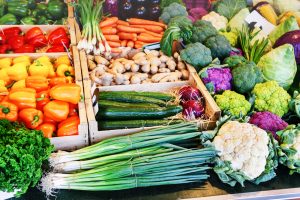By Brian German
The Environmental Working Group (EWG) has released its annual Dirty Dozen list, which according to its methodology, names the produce that has the highest levels of pesticide residue. The analysis that is performed is not designed to provide specifics about residue levels or provide the significance of that type of exposure.
“For 23 years, the Environmental Working Group has been providing inaccurate and misleading information to consumers about the safety when it comes to residues for fruits and vegetables,” said Teresa Thorne, executive director of the Alliance for Food and Farming.
According to sampling data from the United States Department of Agriculture and the Federal Food and Drug Administration, 99 percent of residues are well below the safety standards established by the Environmental Protection Agency. The data also showed that some fruits and vegetables had no pesticide residues at all. Thorne noted the strict protocols that growers must abide by as a reason American produce has a long history of being safe.
“When it comes to residues … we have very stringent standards governing the safety,” Thorne said. “Farmers of fruits and vegetables have an extremely high compliance rate: 99.8 percent in compliance with pretty stringent laws and regulations; that’s a pretty impressive track record.”
Research published in the Journal of Toxicology has found that consuming foods on the annual Dirty Dozen list from EWG does not pose any meaningful threat to consumers, and substituting organic produce in place of conventional produce did not have an impact on risk. The article also concluded that the methodology used by EWG was not scientifically credible.
“We represent both conventional and organic farmers of fruits and vegetables, and we are very strong proponents of consumer choice. But we want them to have accurate information when it comes to their fruits and vegetables, so they can make the right shopping choices for their family,” said Thorne.
Share this Post










